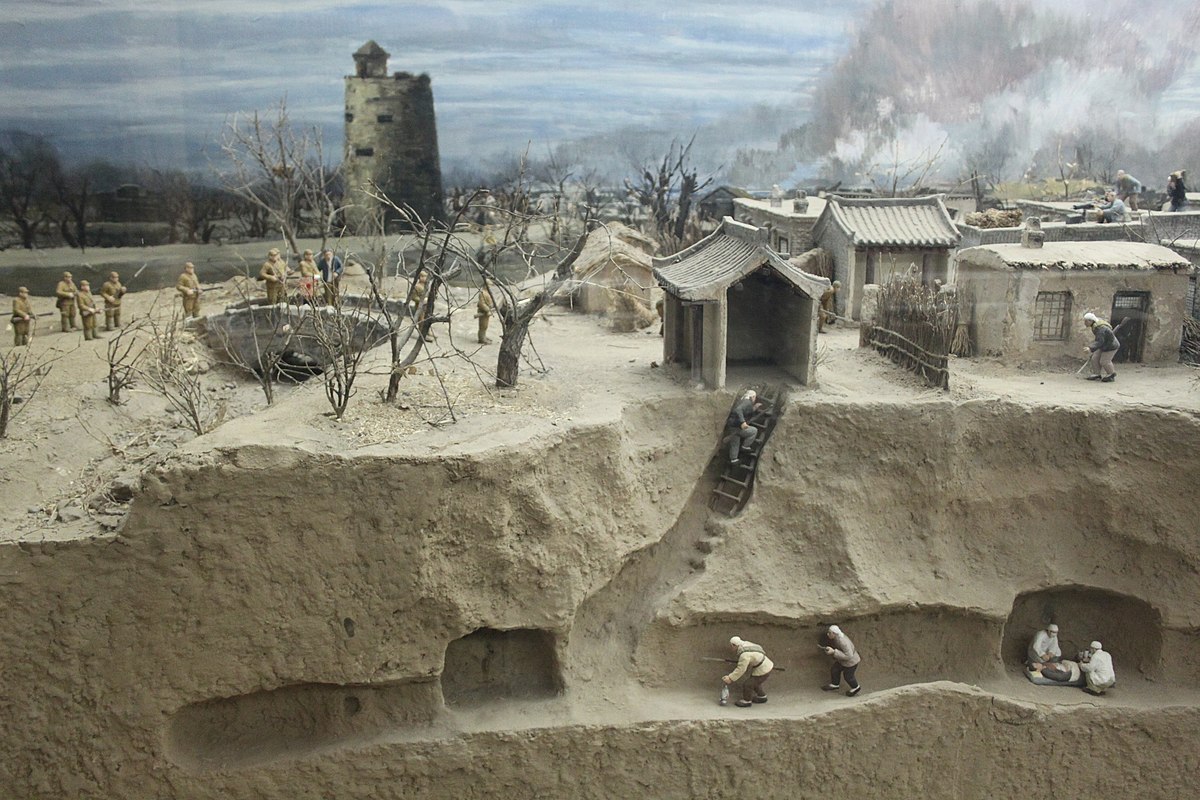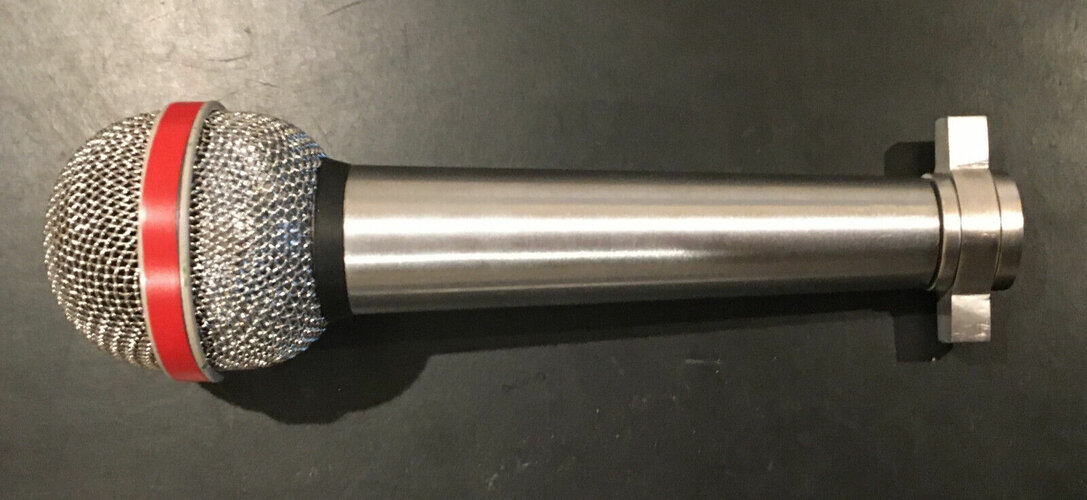Vanessa1402
ACCESS: Confidential
- Joined
- 10 April 2021
- Messages
- 133
- Reaction score
- 56
Digging tunnel to fight has been a common tactic since Vietnam war at least. Do modern military have any tactic or system to detect underground tunnel yet?
How deep can ground penetrating radar go? Like a few meter?Ground penetrating radar would show up small voids and for a large cavern something like a seismometer or gravimetric measure would detect it. You going looking for the source of Vril?
It depends on the moisture contained in the upper layers of the terrain, in the desert geophysical satellites can deepen up to twenty meters in a wadi covered with dry sand. In urban tunnels lined with steel and concrete, this technique is not useful. After an earthquake, rescue teams often use trained dogs to detect carbon dioxide emissions from victims' breathing. High-sensitivity infrared sensors can also be used during cold nights. There are several studies on the military application of these procedures using drones with electronic sensors although I have no data on their actual use in combat situations.How deep can ground penetrating radar go? Like a few meter?
Much further back than that. "Undermining" was a tactic used as far back as the Greeks... you'd tunnel under the walls of the enemy fortification, buttressing the tunnel (and the wall) with wooden supports. And then you'd burn them, the wood supports would collapse, the tunnel would collapse, the walls would collapse.Digging tunnel to fight has been a common tactic since Vietnam war at least. Do modern military have any tactic or system to detect underground tunnel yet?

Digging tunnel to fight has been a common tactic since Vietnam war at least. Do modern military have any tactic or system to detect underground tunnel yet?
It's surprising what can be done to eliminate irrelevant sounds with modern tech. Your underground sensor picks up a lot... but a sensor above it picks up a lot of the same stuff, just at different strengths. The differences can be worked out. the more sensors you have, the more you can eliminate sounds that aren't of interest.The detection by acoustic means requires an absolute silence and total absence of vibrations, it can be useful to rescue victims of avalanches and earthquakes but it is a system that would suffer continuous interference in a scenario of combats with bombings and circulation of heavy vehicles.


If the tunnel is inhabited, the sounds will escape through the ventilation holes and can be triangulated with directional microphones. There are computer programs developed for submarine warfare that can select only the acoustic frequencies coming from a given marking. Possibly the most effective countermeasure will be to install random noise emitters, surrounded by bobby traps, in places away from ventilation ducts.So sound detector seem like a good ideal if they are digging the tunnel?. Seem like there is not many ways to hide that sound. But what if the tunnel is already finished?.
Sure, but the tunnel only goes the one place, and a place not that far away. And a stealth fighter is unlikely to be filled with exhaust fumes, napalm, water or raw sewage if discovered.. A 1000 USD tunnel is much harder to find compared to 100 millions USD stealth fighter
To be fair, if the tunnel is 300-400 km long like under Gaza, it probably doesn’t matterSure, but the tunnel only goes the one place, and a place not that far away. And a stealth fighter is unlikely to be filled with exhaust fumes, napalm, water or raw sewage if discovered.
400 *kilometers* long? Gonna take a while to fill that with sewage and pig offal...To be fair, if the tunnel is 300-400 km long like under Gaza, it probably doesn’t matter
